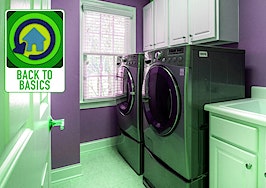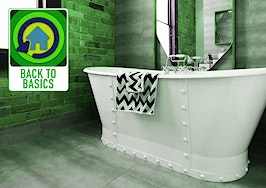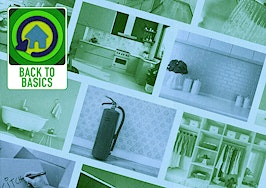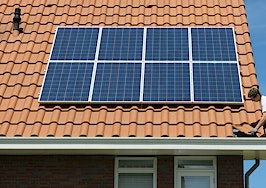Lighting can change the feeling of a space, either improving it or making it feel harsh and cold. By adjusting lighting and bulbs, agents can emphasize the positive and prominent features of a property in the best possible way.
Prior to 2012, selecting and installing lightbulbs was simple. Back then, there were only two types — incandescent or “standard” bulbs and fluorescent tubes. The most common lightbulbs now available in the U.S. use about 25 percent to 80 percent less energy than traditional incandescent bulbs.
The new bulbs provide a wide variety of choices, some of which are halogen incandescents, compact fluorescents (CFL) and light-emitting diode (LEDs), offering a wide range of choices in color and brightness. These new bulbs last much longer than the traditional lightbulbs commonly available before 2012.
Phased in from 2012 to 2014, new lighting standards do not ban any specific bulb type — only mandate that they utilize at least 25 percent less energy. The bipartisan Energy Independence and Security Act of 2007 (also known as EISA 2007), established these standards.
The bulbs not only use less energy, but they also last 10 to 25 times longer. So, let’s take a look at different types of lightbulbs: incandescent, LED, halogen and CFL.
1. Incandescent
Incandescent bulbs are still the most commonly used type. They are readily available and the least expensive. They produce a warm light and good color rendition, and can be used with dimmers.
What’s more, they usually last up to a year longer than halogen bulbs, but not quite as long as CFL or LED bulbs. The common incandescent bulb is not as energy-efficient as other lightbulbs.
2. LED
Light-emitting diode, known as LED, are one of the most energy-efficient lightbulb types. LED bulbs emit a bright white light, give off no lead and contain no mercury — which is a plus for the environment.
Fixtures with built-in LED lights are referred to as integrated LED. Because LED bulbs provide directional light, they are well suited for task lighting. These bulbs can last up to 50,000 hours and therefore, are ideally suited for hard-to-reach locations.
3. Halogen bulbs
Halogen bulbs are incandescent bulbs that use a tungsten filament filled with a mixture of an inert gas and a small amount of a halogen, such as iodine or bromide. LED bulbs are vastly more efficient than halogen bulbs, lasting over 10 times longer and consuming 85 percent less electricity.
In short, halogen bulbs will soon become obsolete in some parts of the world due to new local legislation.
4. CFL
Compact fluorescent bulbs (CFLs) can emit a wide range of colors based on the model you select. CFLs take time to warm up, becoming brighter until they have achieved full power.
The bulbs are used to illuminate large spaces such as basements, great rooms with high ceilings and kitchens. CFLs are less expensive than LED lights and can last longer than incandescent bulbs.
In addition to wattage, or electricity used to operate a lightbulb, bulbs are measured by the amount of light they produce or lumens. Lighting also produces different colored light, providing a different atmosphere, depending on the bulb and its rating on the Kelvin (K) temperature scale.
Candlelight, which is the softest light that provides a warm ambiance, produces 1,000 to 2,000K. These bulbs are used in table and floor lamps in living areas of a home. Warm white bulbs, producing 2,600 to 3,000K, are the standard for inviting and warm lighting found in almost all rooms in a house. These bulbs are used in ceiling fixtures and wall fixtures.
Bright and vibrant neutral white bulbs are for staying focused in work areas, bathrooms, kitchens and garages. Neutral white bulbs produce 3,000 to 5,000K of light. The strongest light offered by a bulb is daylight, at 5,000K and above. Daylight bulbs are best for garages, studying, security lighting and reading areas.
Gerard Splendore is a licensed associate real estate broker with Warburg Realty in New York. Connect with him on LinkedIn.









